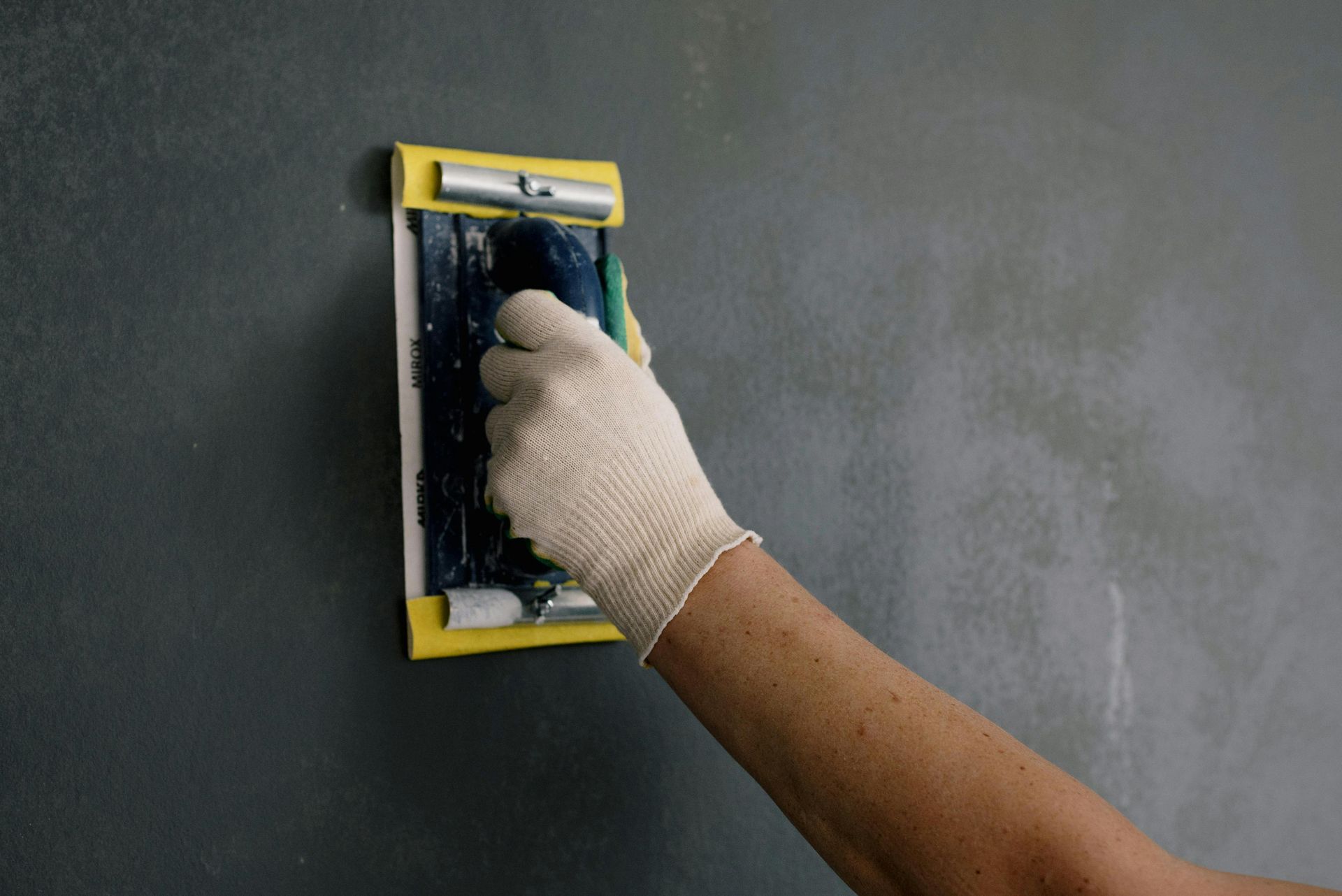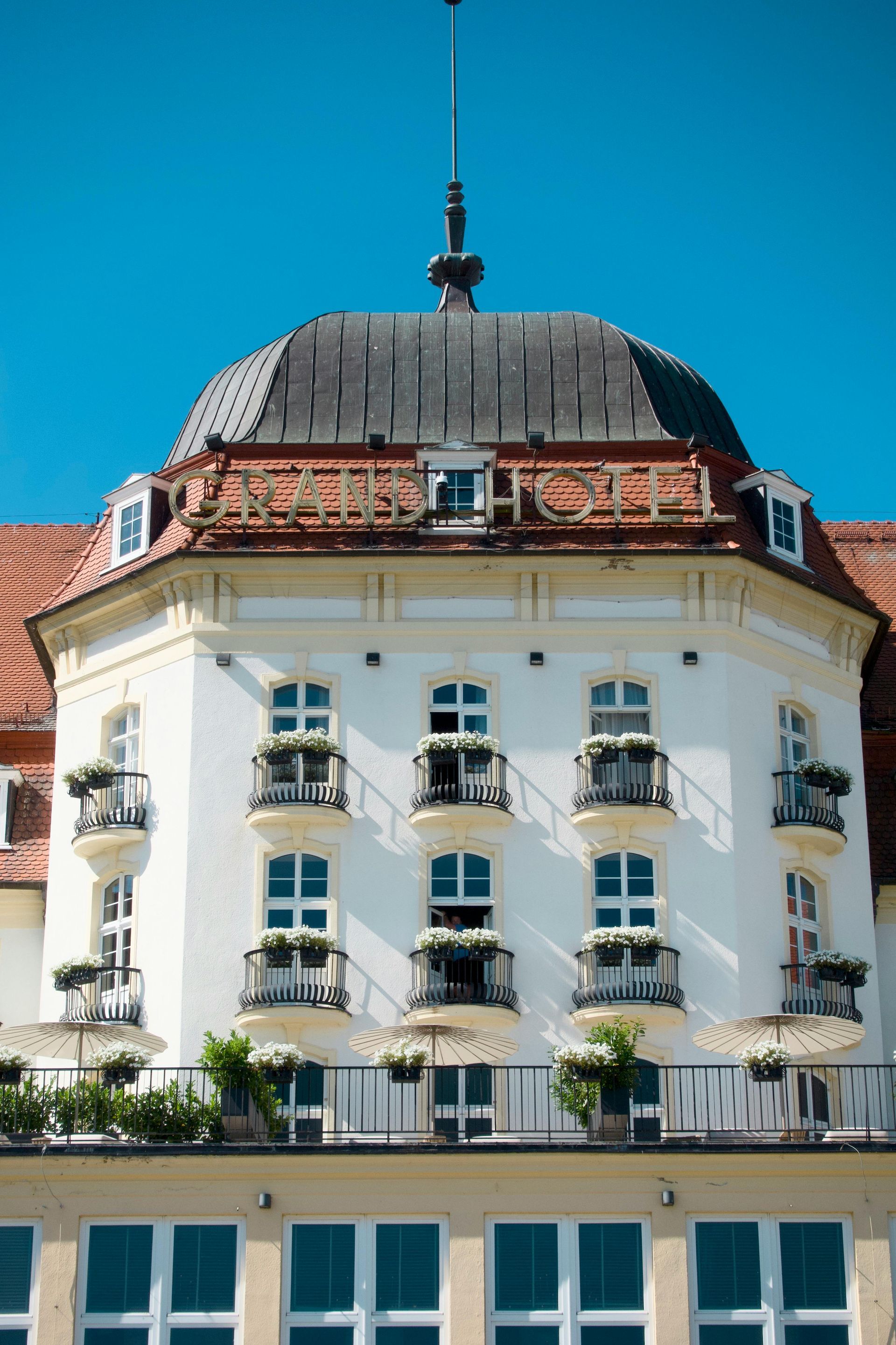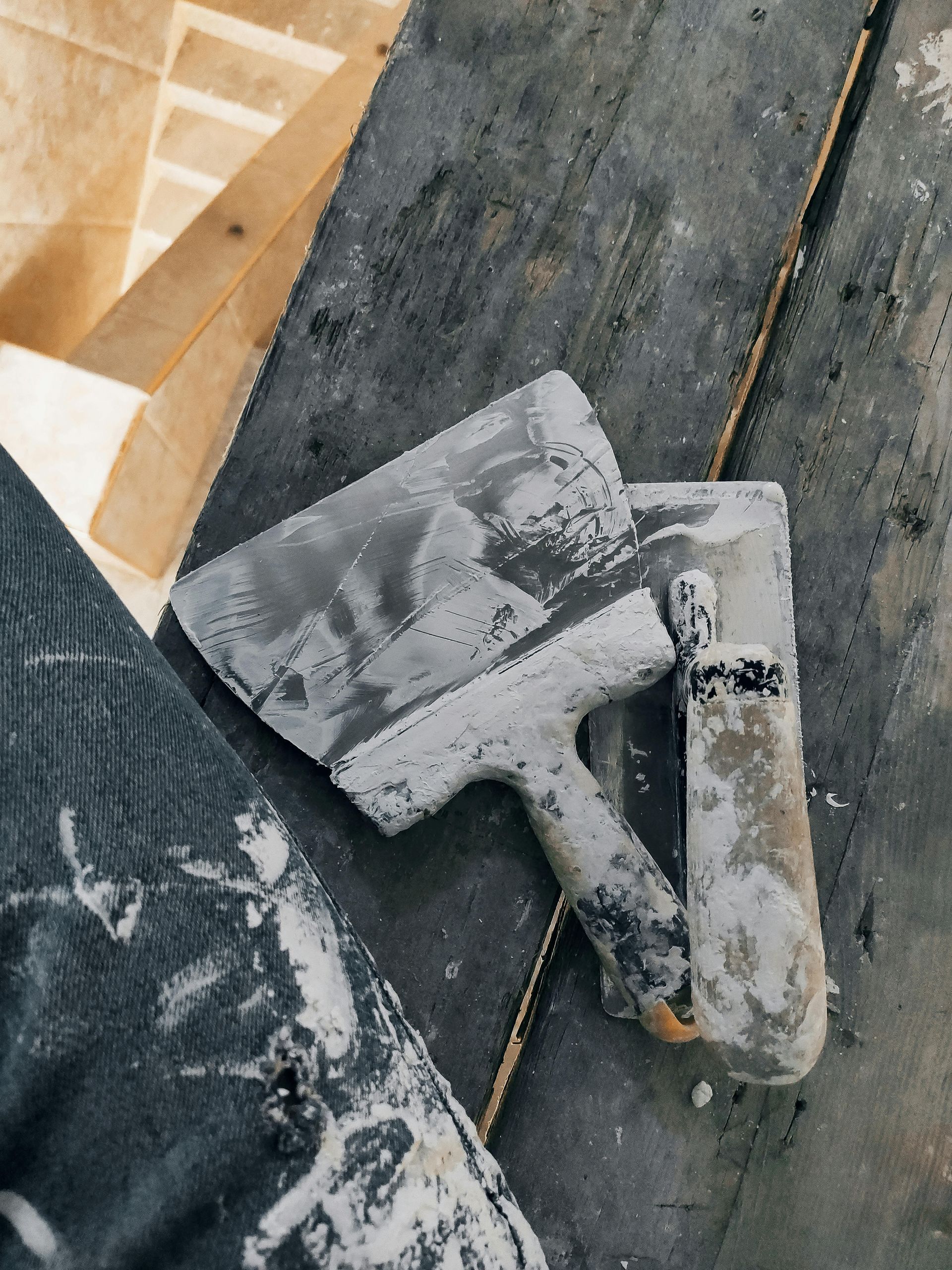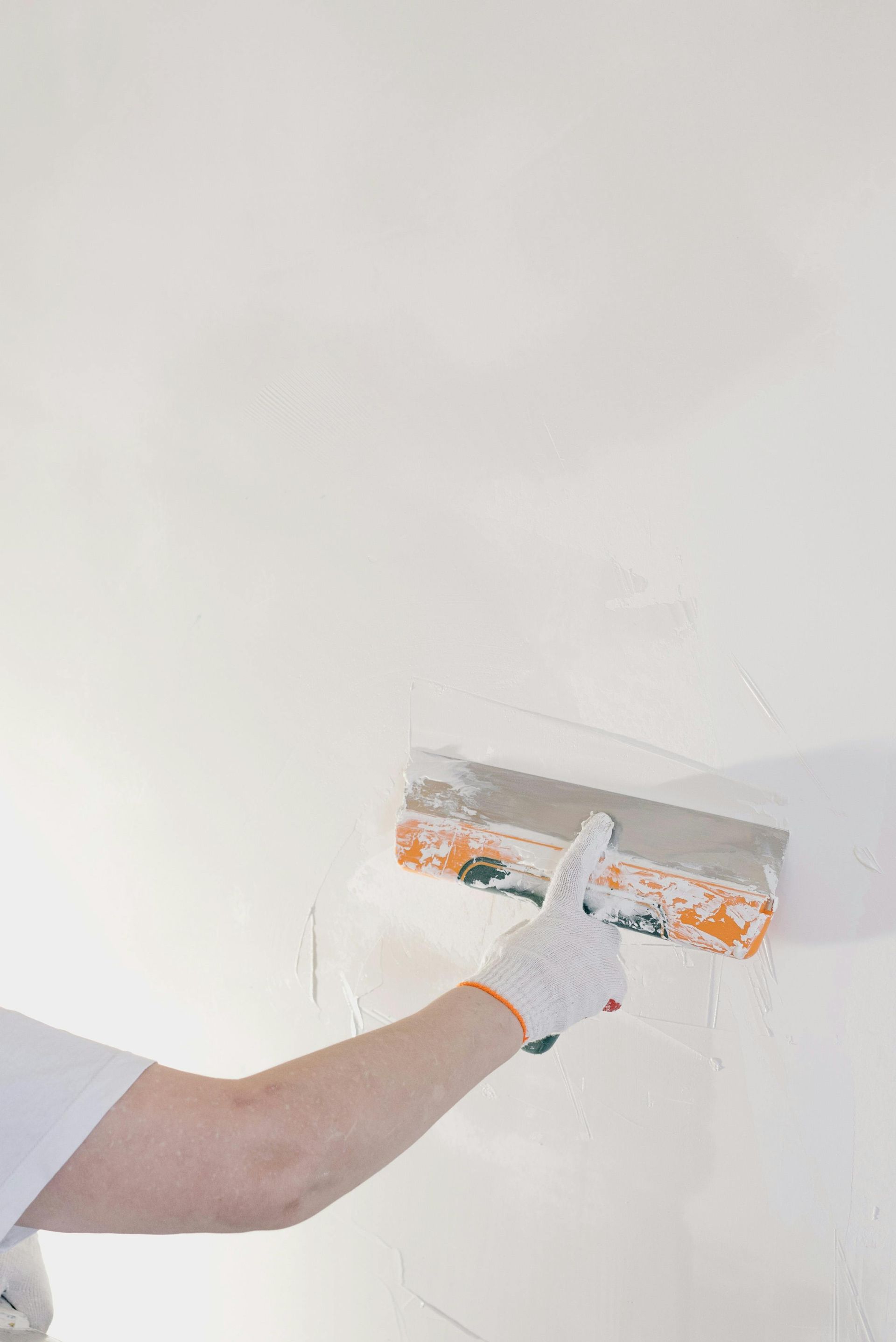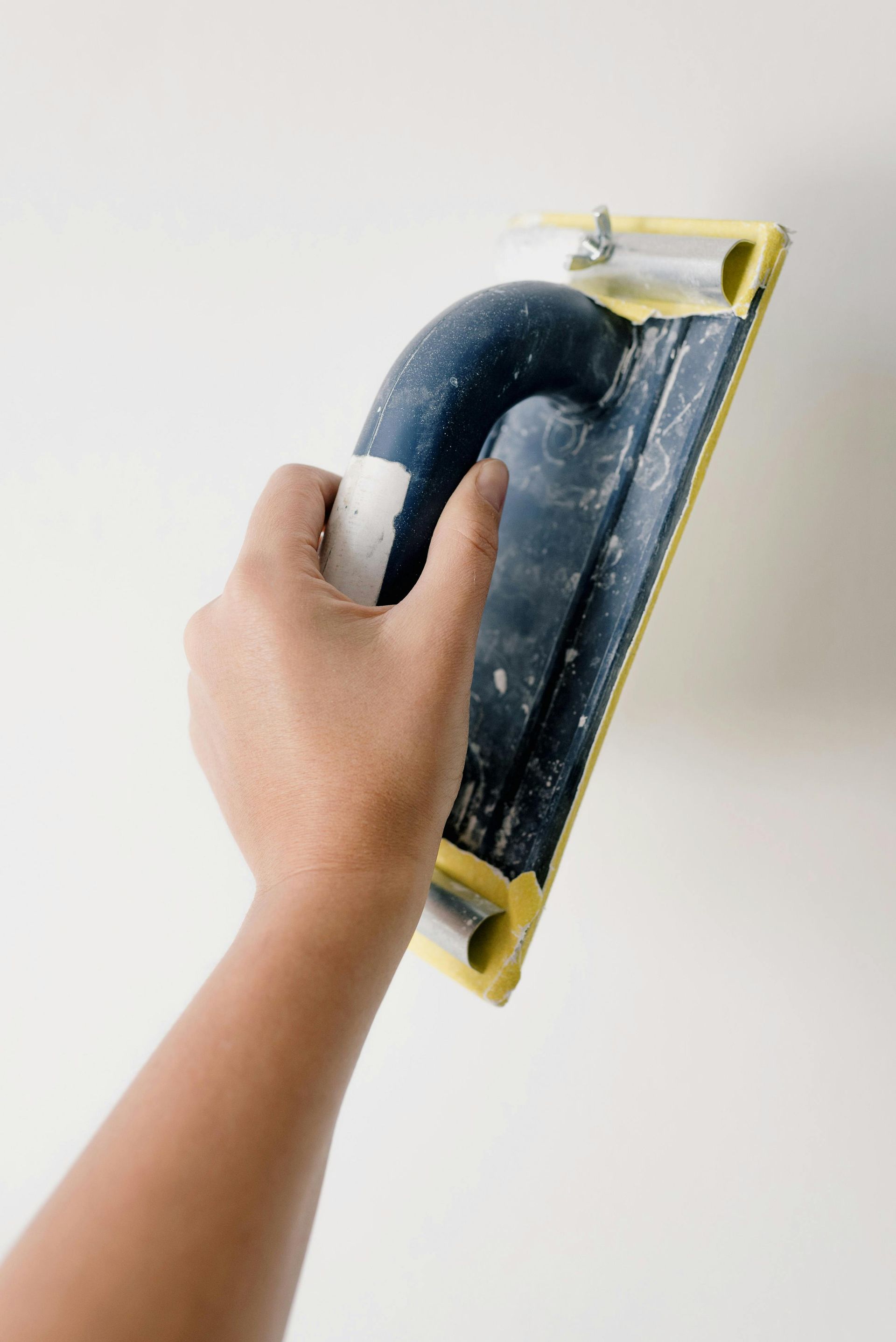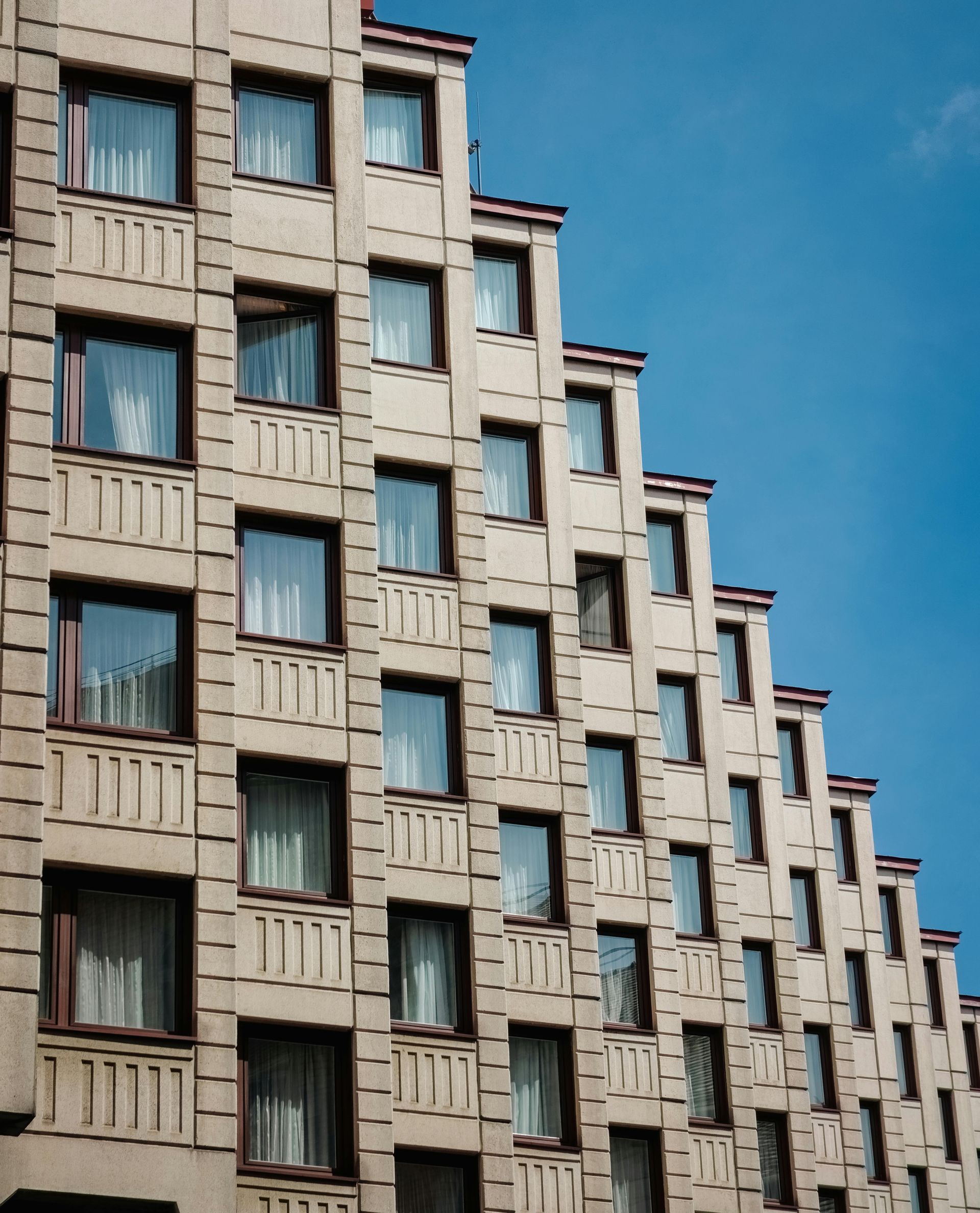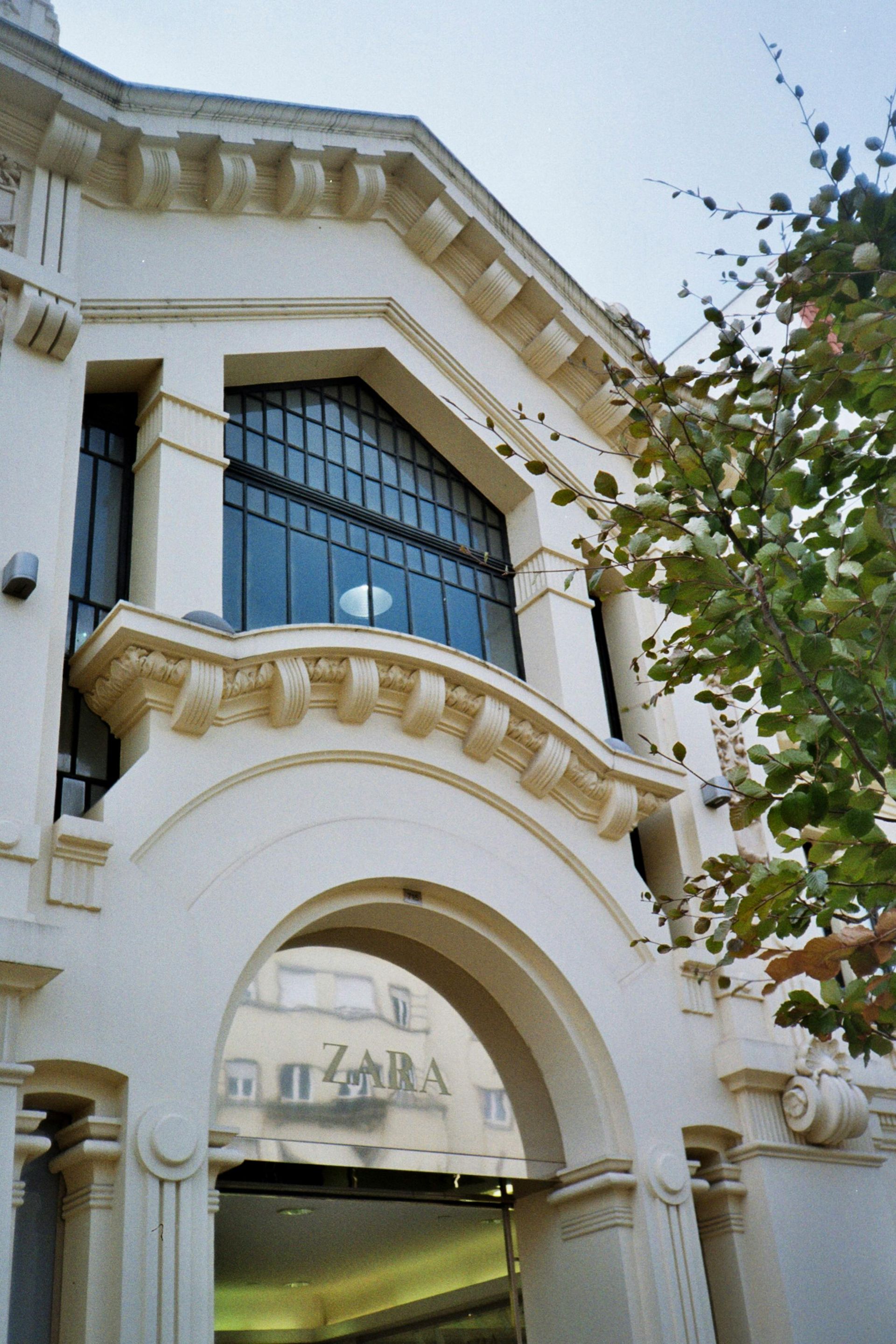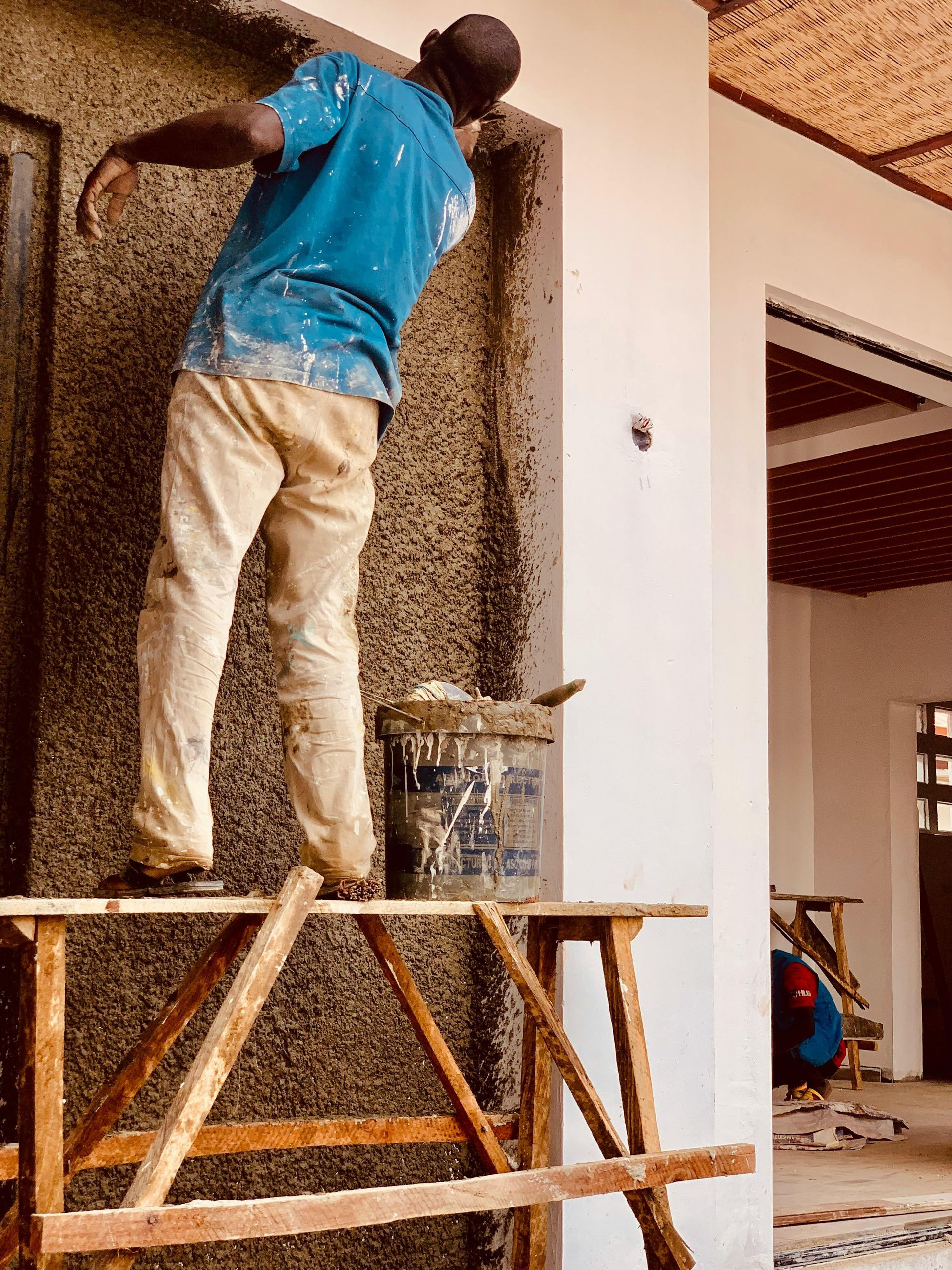How Commercial and Residential Plaster Have Evolved Over Time
If you walk through any Bay Area neighborhood, you’ll notice something interesting: buildings old and new often have one thing in common: plaster. From historic Victorians in San Francisco to modern office parks in San Jose, plaster has been a reliable finish for centuries.
But here’s the thing: plaster today looks very different from plaster 50, 100, or even 500 years ago. Both commercial and residential plastering have evolved with changing needs, materials, and technology. Understanding how plastering has developed not only helps us appreciate its history, it also shows why it remains one of the most practical, durable, and beautiful finishes for buildings.
Let’s take a quick trip through time and see how commercial and residential plaster have grown side by side.
1. Plaster in the Ancient World
Believe it or not, plaster is one of the oldest building materials. Ancient Egyptians used plaster made of gypsum to coat the inside of pyramids. The Greeks and Romans perfected lime plaster, applying it to walls and ceilings for durability and even painting elaborate frescoes on top.
- Residential use: Smooth walls, decorative art, and insulation in homes.
- Commercial use: Temples, public baths, and civic buildings often featured plaster for protection and beauty.
The lesson? Plaster has always been valued for both practical protection and aesthetic appeal.
2. The Middle Ages to the 1800s: Handcrafted Durability
As cities grew in Europe, plaster became the go-to material for both cottages and castles. Lime-based plaster was applied by hand in multiple coats, making it durable enough to withstand weather and time.
Residential Plastering Then:
- Mostly hand-mixed lime and sand
- Decorative finishes like ornate moldings in wealthier homes
- Provided insulation and fire resistance in wooden houses
Commercial Plastering Then:
- Used in cathedrals, government buildings, and early shops
- Heavier coats applied to stone and brick for extra strength
- Carved or shaped into intricate architectural details
During this time, plaster was all about
craftsmanship
skilled plasterers were as much artists as they were builders.
3. The Industrial Revolution: New Materials, New Uses
The 1800s brought major changes. With industrialization, gypsum plaster (often called “Plaster of Paris”) became widely available. This made plastering faster, more affordable, and more consistent.
- Residential: Gypsum plaster became common in homes, offering quicker application and smoother finishes.
- Commercial: Factories, offices, and schools used plaster for fire protection and hygiene since it resisted dust and was easy to clean.
Plaster also started to become a status symbol, with decorative ceilings and walls in wealthier homes and impressive public buildings.
4. The 20th Century: The Drywall Era vs. Plaster
By the mid-1900s, drywall (sheetrock) began competing with traditional plaster. It was faster, cheaper, and required less skill to install.
For Homes:
- Drywall quickly became the standard in residential construction.
- Plaster was often reserved for luxury homes or custom details.
For Commercial Buildings:
- Plaster still held its ground, especially for large-scale projects needing fireproofing and durability.
- Schools, hospitals, and government buildings relied heavily on plaster for its longevity.
This was a turning point; plastering became less common in everyday homes but remained
essential in commercial construction.
5. The Modern Era: Plaster Makes a Comeback
Fast-forward to today, and plaster is experiencing a resurgence. Both residential and commercial markets are rediscovering its benefits, but with modern twists.
Residential Plaster Today:
- Homeowners are choosing plaster for its smooth, luxurious finish.
- Decorative options like Venetian plaster and textured finishes are trending.
- Eco-conscious buyers love lime-based plasters that are natural and non-toxic.
Commercial Plaster Today:
- Used as a protective, durable layer in office buildings, retail centers, hotels, and schools.
- Advanced plasters now offer fire resistance, moisture protection, and even soundproofing.
- Large-scale projects benefit from machine-applied plaster, cutting costs and labor time.
In short: plaster isn’t just about looks anymore it’s about performance, efficiency, and sustainability.
6. How Technology Changed the Game
Technology has dramatically shifted plastering practices for both markets.
- Spray application: Speeds up projects and reduces labor costs for commercial jobs.
- Pre-mixed products: Ensure consistency and quality.
- Eco-friendly materials: Support California’s sustainability goals.
- Digital planning tools (BIM): Help contractors integrate plastering into the overall design and construction process.
For property managers and contractors, this means
better results, faster timelines, and fewer headaches.
7. The Key Differences Between Commercial and Residential Plaster Today
While both share the same roots, the unique needs of each sector have shaped plaster into two distinct practices: residential plaster, which emphasizes aesthetics and comfort, and commercial plaster, which prioritizes durability and large-scale efficiency.
8. Why This Evolution Matters in the Bay Area
Here in the Bay Area, where earthquakes, weather, and high property values shape construction decisions, the evolution of plaster matters more than ever.
- For property managers: Modern commercial plaster means longer-lasting buildings that comply with California fire and safety codes.
- For homeowners: Plaster provides a timeless, upscale finish that boosts property value in a competitive housing market.
- For contractors: Understanding both types of plaster helps win projects with more durable, sustainable finishes.
Final Thoughts
From the pyramids of Egypt to the high-rises of San Francisco, plaster has stood the test of time. While residential plaster has evolved into a design-forward choice and commercial plaster into a performance-driven solution, both continue to prove their worth in construction.
At Commercial Plastering Inc., we see every project as part of that story. Whether it’s protecting a new office building, refreshing a retail space, or helping developers meet modern sustainability standards, plaster remains one of the smartest investments you can make.
Thinking about upgrading your property? Let’s talk about how plaster can give you durability, beauty, and long-term savings all in one finish.
